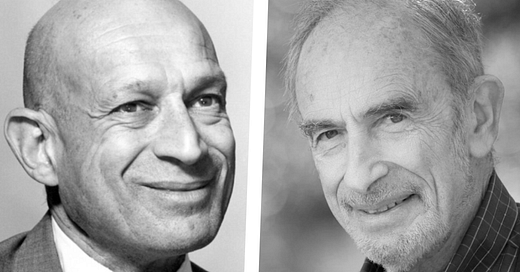by Rod D. Martin
February 27, 2004
Some folks, it seems, just never learn. Especially doom-and-gloomers.
In 1980, the late economist Julian Simon made a bet with Paul Ehrlich, author of the best-selling 1968 book, The Population Bomb.
The bet concerned commodity prices and was intended to illustrate a point. Simon wagered prices would fall; Ehrlich said they would rise. Both men agreed that higher prices would suggest resource scarcity and a poorer world, while falling prices would signal the opposite.
Based on his beliefs about scarcity and population growth, Ehrlich in his book had predicted hundreds of millions of deaths by starvation -- in America and elsewhere -- by the 1980s.
Erlich, of course, lost his bet. In 1990, though, he wrote another book.
Its title? The Population Explosion, predicting massive famines on the horizon.
From Thomas Malthus to the present, the population doomers have never stopped scaring people with their ghoulish prognostications. Ov…




